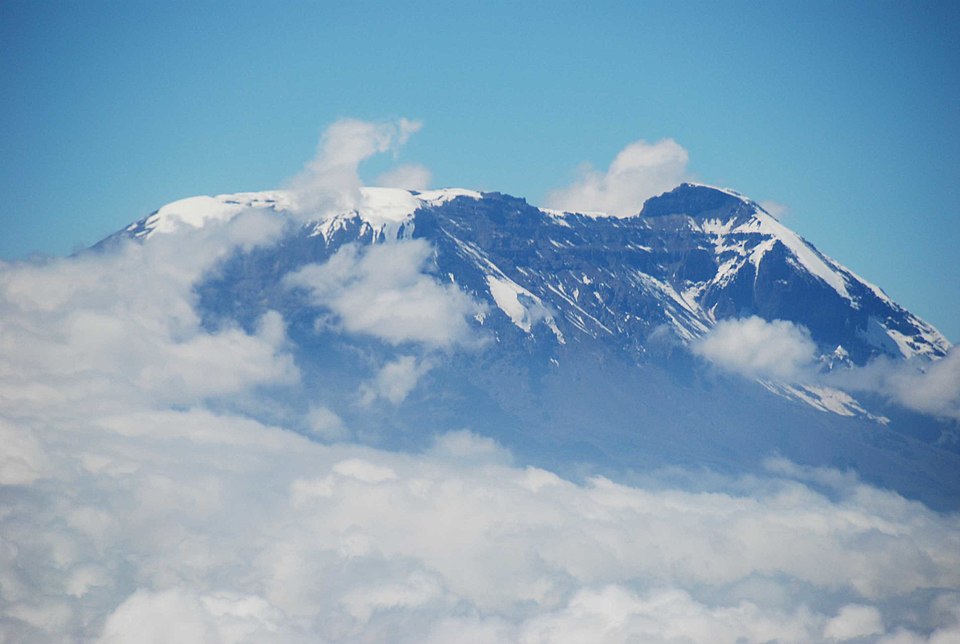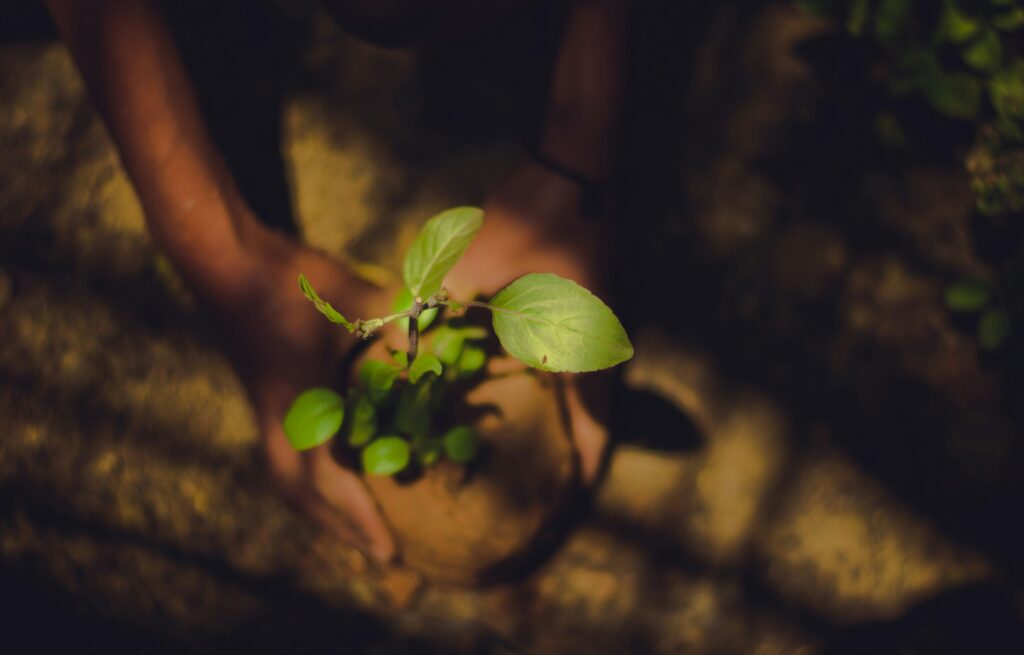The Sustainable Development Goals (SDGs), adopted by the United Nations in 2015, represent a global blueprint to end poverty, protect the planet, and ensure prosperity for all by 2030. For Tanzania, a nation known for its rich cultural diversity, political stability, and natural resources, the SDGs offer a transformative opportunity to address longstanding development challenges while aligning with its national vision, Tanzania Development Vision 2025. As we approach 2025, a pivotal year for assessing progress and recalibrating strategies, this blog explores Tanzania’s journey with the 17 SDGs, highlighting achievements, ongoing hurdles, and actionable opportunities for individuals, organizations, and policymakers to contribute to sustainable development.
This comprehensive guide is designed for volunteers, development enthusiasts, students, and policymakers interested in Tanzania’s sustainable future. Whether you’re looking to engage with local initiatives, create impactful content, or optimize your online presence, this blog provides insights and practical steps to get involved.

Understanding the SDGs in the Tanzanian Context
The 17 SDGs are interconnected, addressing issues from poverty eradication (SDG 1) to climate action (SDG 13) and partnerships for the goals (SDG 17). Tanzania has integrated these goals into its national frameworks, including the National Five-Year Development Plan (FYDP III) and the Zanzibar Strategy for Growth and Reduction of Poverty. The country’s commitment is evident in its participation in the Voluntary National Review (VNR) processes, with the 2023 report showcasing successes in education, health, and economic growth, alongside challenges in poverty reduction and environmental sustainability.
Tanzania’s unique position—spanning the mainland and Zanzibar—requires a tailored approach to localize these global goals. With a youthful population, abundant natural resources, and a strategic coastal location, the country has the potential to lead in sustainable development within East Africa. However, systemic issues such as rural poverty, youth unemployment, and climate vulnerability demand innovative solutions.
Progress on the SDGs in Tanzania
Education and Gender Equality (SDGs 4 and 5)
Tanzania has made significant strides in education, achieving universal primary education enrollment and increasing budgetary allocations for teacher training. The 2023 VNR highlights rapid expansion at all education levels, supported by partnerships between the government, non-state actors, and development partners. Gender equality efforts have also progressed, with increased representation of women in parliament and initiatives to address child labor, targeting its elimination by 2025 under SDG 8.7.
Economic Growth and Decent Work (SDG 8)
With an average GDP growth of 6-7% over the past decade, Tanzania’s economy is fueled by agriculture, mining, tourism, and construction. The labor force participation rate stands at 83%, bolstered by entrepreneurship programs and technology incubators. However, challenges remain, particularly for women, who have limited leisure time and face barriers to formal sector participation.

Health and Well-Being (SDG 3)
Improvements in healthcare access, including efforts to reduce child and maternal mortality, reflect Tanzania’s commitment to SDG 3. The government’s social protection reforms aim to enhance safety nets for the vulnerable, though access to specialized health services remains a gap, especially in rural areas.
Environmental Sustainability and Climate Action (SDGs 13, 14, and 15)
Tanzania faces environmental threats like deforestation and climate change, impacting food security and water resources. Initiatives such as national carbon monitoring centers and support for smallholder farmers demonstrate progress, but significant local and international support is needed to meet targets fully.

Partnerships and Data Innovation (SDG 17)
The Tanzania Data Lab and the Global Partnership for Sustainable Development Data underscore the country’s investment in data-driven decision-making. Collaborative platforms like the Tanzania Sustainable Development Platform engage civil society, fostering inclusive SDG implementation.
Challenges Facing SDG Implementation
Despite progress, Tanzania encounters several obstacles:
- Poverty: Over 26% of the population lives below the poverty line, with rural areas disproportionately affected.
- Youth Unemployment: A growing youth population exerts pressure on job markets, necessitating skills development and entrepreneurship support.
- Debt Sustainability: Increased public debt from infrastructure investments requires careful fiscal management.
- Service Delivery: Inefficiencies in healthcare, education, and sanitation services hinder equitable development.
- Climate Vulnerability: Unpredictable rainfall and rising temperatures threaten agricultural productivity and livelihoods.
These challenges highlight the need for a multi-stakeholder approach, combining government action, private sector investment, and community participation.
One of the most effective ways to engage with the SDGs in Tanzania is through content creation. Blogs, guides, and downloadable resources can educate and inspire action. Here are some ideas:
Practical Steps to Get Involved
For Individuals
- Volunteer: Join programs like UN Volunteers Tanzania or VSO Tanzania volunteer jobs. Check eligibility and apply via official portals.
- Educate Yourself: Download SDG booklets from the National Bureau of Statistics or attend UNESCO’s ESD workshops.
- Advocate: Share blog posts on social media to raise awareness, using hashtags like #SDGsTanzania and #Vision2025.
For Organizations
- Collaborate: Partner with the government or UNDP Tanzania to implement localized SDG projects, such as water and sanitation initiatives.
- Innovate: Invest in data tools like the Tanzania Data Lab to monitor progress and attract funding.
- Train: Offer skills development programs for youth, aligning with SDG 8 targets.
For Policymakers
- Integrate: Embed SDG indicators into national budgets and plans, ensuring rural inclusion.
- Invest: Prioritize irrigation and renewable energy projects to boost agriculture and energy access.
- Monitor: Strengthen statistical offices to provide real-time data for adaptive policymaking.
Case Studies and Success Stories
Solar Energy Revolution
Tanzania’s adoption of solar energy, as outlined in the 2024 ScienceDirect study, exemplifies SDG 7 progress. Villages like Gidewari have seen economic growth from solar-powered water projects, reducing health costs and creating jobs. This model can be replicated nationwide with government support.
Education for Sustainable Development
The 2023 launch of the National ESD Strategic Framework by UNESCO and the Ministry of Education highlights SDG 4 efforts. Practical training programs equip youth with skills for industrial engagement, fostering sustainable livelihoods.
Community-Driven WASH Initiatives
The World Bank’s 2018 diagnostic on water, sanitation, and hygiene (WASH) in Tanzania underscores SDG 6 progress. Community projects in rural areas have reduced stunting and improved health outcomes, demonstrating the power of localized solutions.
The Road Ahead: Vision 2025 and Beyond
As 2025 marks a midpoint review of the SDGs, Tanzania stands at a crossroads. The country’s strategic location, digital transformation, and natural wealth offer a foundation for sustainable growth. However, achieving Vision 2025 requires addressing inequalities, enhancing governance, and building climate resilience.
The government’s focus on industrialization under President Samia Suluhu Hassan, combined with international partnerships, provides momentum. Civil society platforms and private sector innovations will be crucial in scaling successes. For individuals and organizations, 2025 is an opportune time to align efforts with national priorities, contributing to a prosperous and equitable Tanzania.
Building a Sustainable Tanzania Together
Tanzania’s journey with the SDGs is a story of resilience and potential. From educational gains to environmental challenges, the country’s progress reflects a commitment to global goals while addressing local needs. By creating targeted content, optimizing for search engines, engaging diverse audiences, marketing to niches, and building links, you can play a role in this transformation. Whether through volunteering, advocacy, or policy support, every action counts toward a sustainable 2030.
Stay informed, get involved, and let’s build a brighter future for Tanzania together. Check back for updates as we approach 2026, and share your ideas in the comments below!